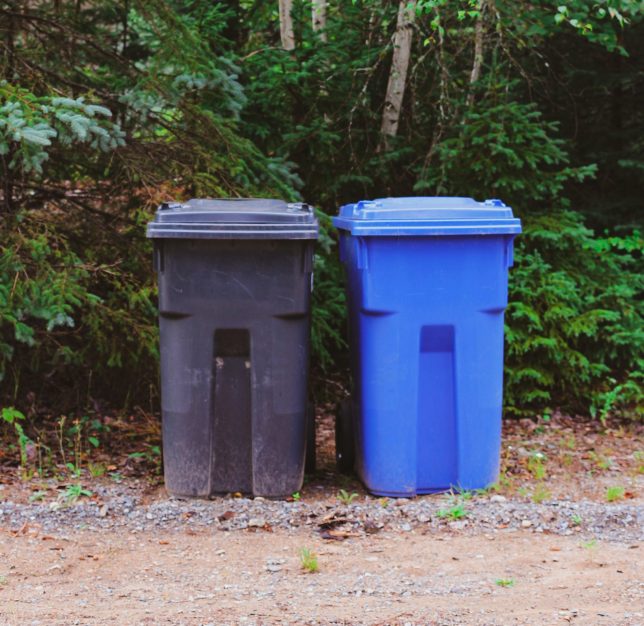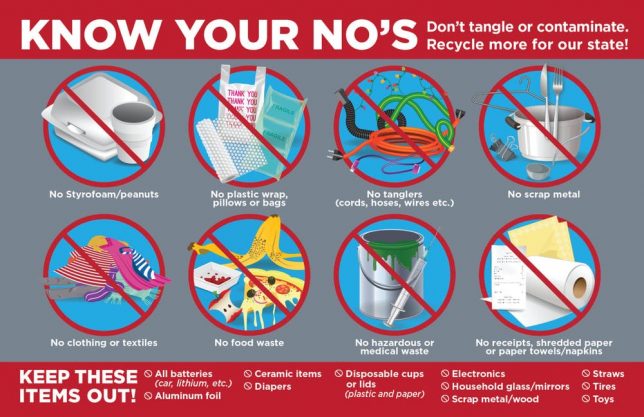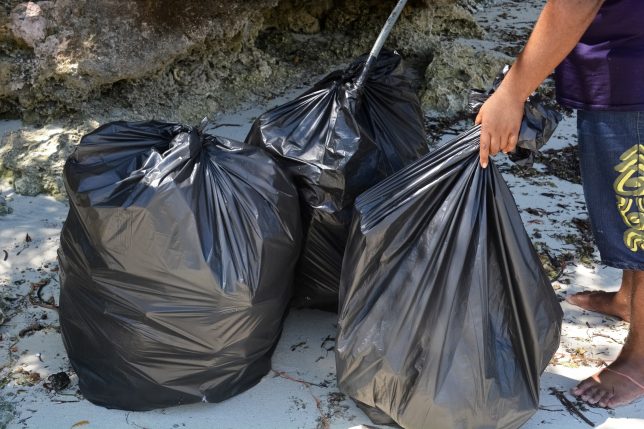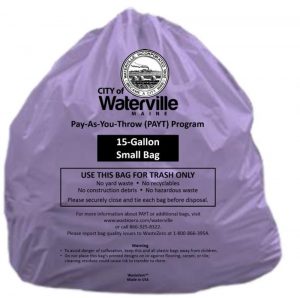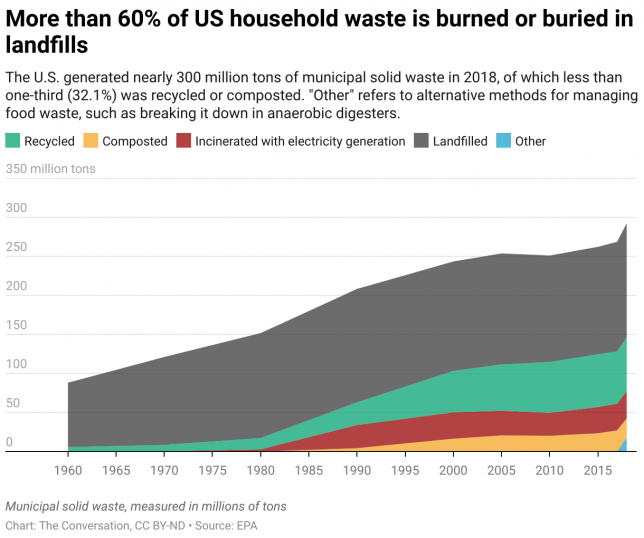By Jessica Heiges and Kate O’Neill, The Conversation (CC BY-NC-ND 4.0).
Wishcycling is putting something in the recycling bin and hoping it will be recycled, even if there is little evidence to confirm this assumption.
Hope is central to wishcycling. People may not be sure the system works, but they choose to believe that if they recycle an object, it will become a new product rather than being buried in a landfill, burned or dumped.
The U.S. recycling industry was launched in the 1970s in response to public concern over litter and waste. The growth of recycling and collection programs changed consumers’ view of waste: It didn’t seem entirely bad if it could lead to the creation of new products via recycling.
Pro-recycling messaging from governments, corporations and environmentalists promoted and reinforced recycling behavior. This was especially true for plastics that had resin identification codes inside a triangle of “chasing arrows,” indicating that the item was recyclable – even though that was usually far from the truth. In fact, only resins #1 (polyethylene terephthalate, or PET) and #2 (high-density polyethylene, or HDPE) are relatively easy to recycle and have viable markets. The others are hard to recycle, so some jurisdictions don’t even collect them.
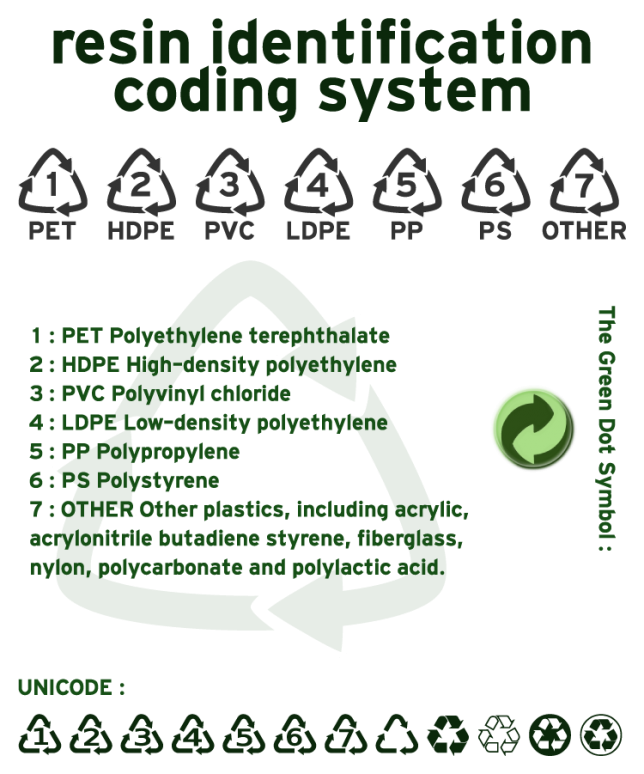
Wishcycling entered public consciousness in 2018 when China launched Operation National Sword, a sweeping set of restrictions on imports of most waste materials from abroad. Over the preceding 20 years, China had purchased millions of tons of scrap metal, paper and plastic from wealthy nations for recycling, giving those countries an easy and cheap option for managing waste materials.
The China scrap restrictions created enormous waste backups in the U.S., where governments had under-invested in recycling systems. Consumers saw that recycling was not as reliable or environmentally friendly as previously believed.
An unlikely coalition of actors in the recycling sector coined the term “wishcycling” in an effort to educate the public about effective recycling. As they emphasize, wishcycling can be harmful.
Contaminating the waste stream with material that is not actually recyclable makes the sorting process more costly because it requires extra labor. Wishcycling also damages sorting systems and equipment and depresses an already fragile trading market.
Huge waste management companies and small cities and towns have launched educational campaigns on this issue. Their mantra is “When in doubt, throw it out.” In other words, only place material that truly can be recycled in your bin. This message is hard for many environmentalists to hear, but it cuts costs for recyclers and local governments.
We also believe it’s important to understand that the global waste crisis wasn’t created by consumers who failed to wash mayonnaise jars or separate out plastic bags. The biggest drivers are global. They include capitalistic reliance on consumption, strong international waste trade incentives, a lack of standardized recycling policies and the devaluation of used resources. To make further progress, governments and businesses will have to think more about designing products with disposal and reuse in mind, reducing consumption of single-use products and making massive investments in recycling infrastructure.

